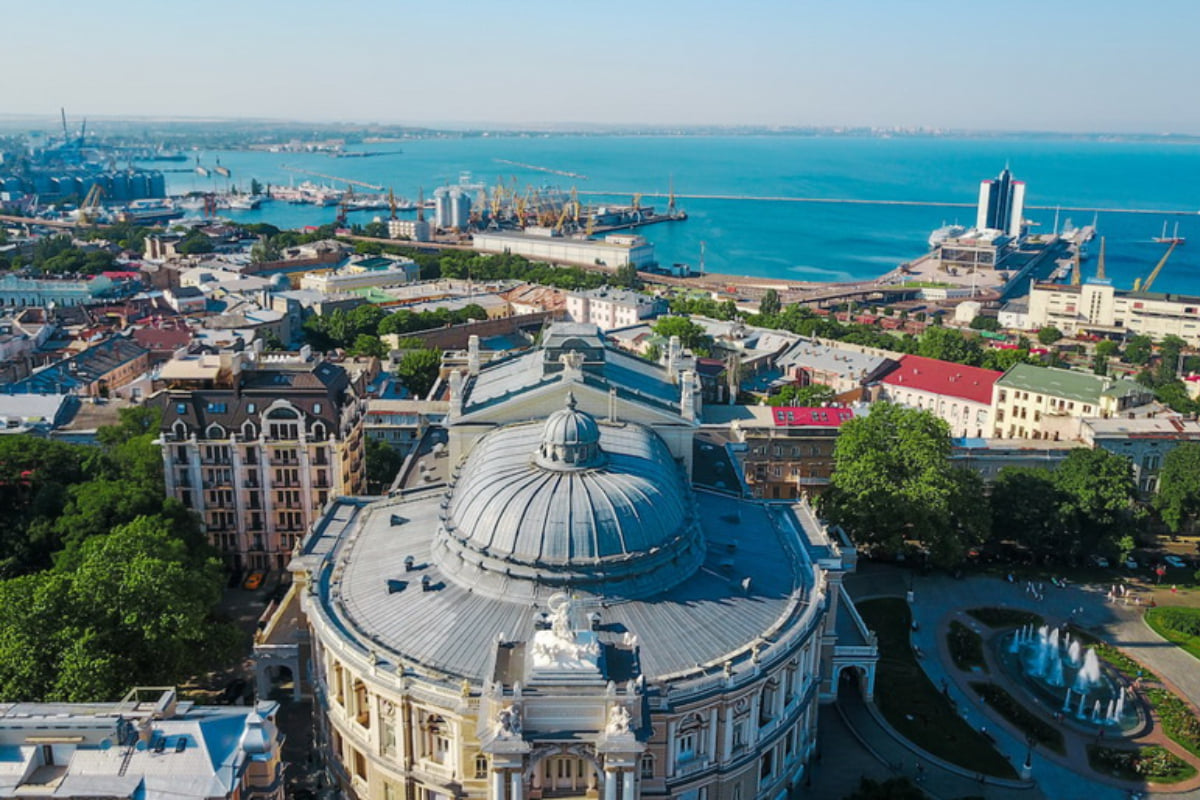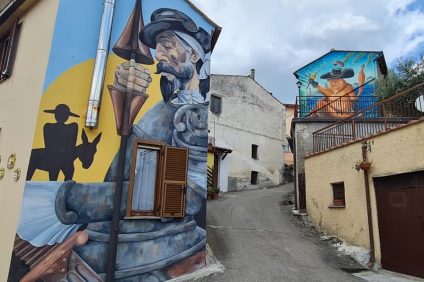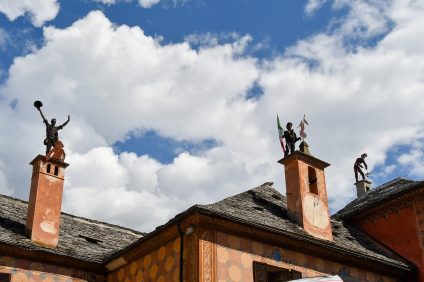The first bombings also arrived in Odessa, from the sea. Despite this, the inhabitants of this important city in southern Ukraine continue to fill endless sandbags on the beach. And while they work, as reported by an Italian war correspondent, they sing. Songs and prayers can also be heard at the station, amidst the sound of alarm sirens and the departing refugees. They are images as beautiful as they are strong. As beautiful as this well-known Ukrainian city overlooking the Black Sea. Strategically very relevant, and famous for its history, for trade, for having always been a cosmopolitan city, a crossroads of different cultures. Among these also the Italian one.
A Neapolitan in the court of Catherine the Great, José de Ribas and the founding of Odessa
Starting with the fact that Odessa was founded by an Italian. It was in fact the 1794 when the history of the city began, wanted by the Russian Empire (which had subtracted this area from the Ottoman Empire) thanks to theofficer of the Neapolitan Navy José de Ribas. He was the son of a Spanish nobleman and a woman of Irish descent but was born in Naples and was in the service of a Russian prince, Grigorij Aleksandrovič Potëmkin, very close to Catherine II of Russia. The Italian José de Ribas sensed the importance of the strategic position of that port on the Black Sea. He made it a city that grew rapidly thanks to the consent of Catherine II.
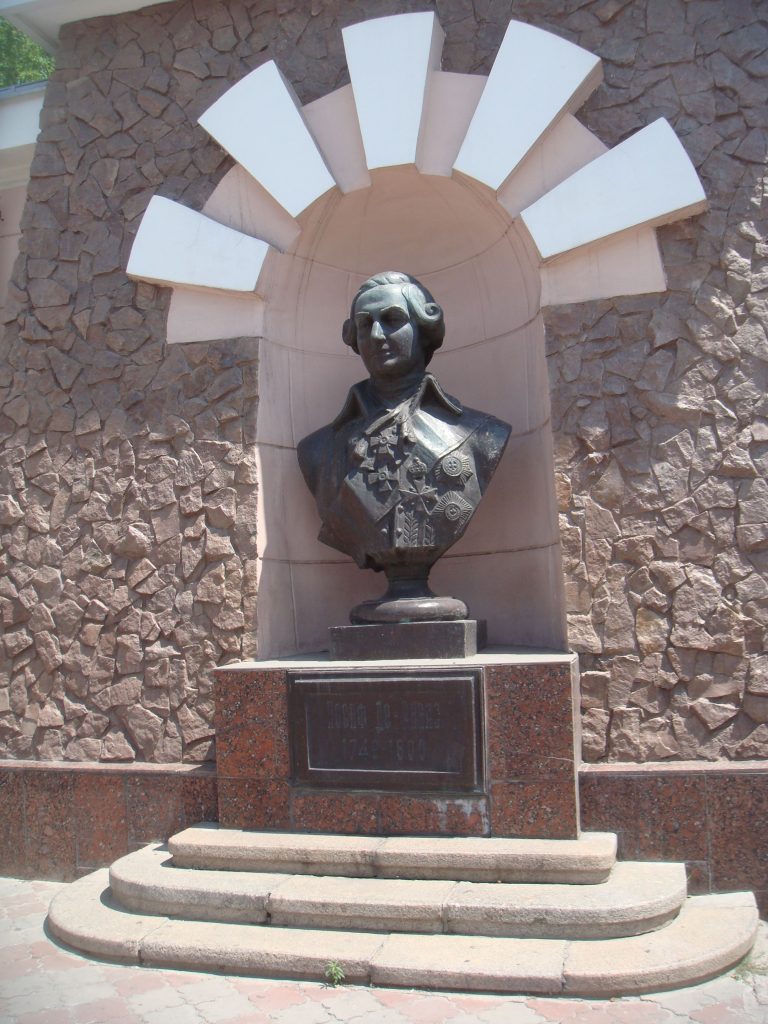
So far the story of its Italian founder who also gave it its name, Odysseus. Legend tells that this name, which wanted to evoke the mythical Ulysses, was declined in feminine form by the will of Catherine of Russia herself. We were at the end of the eighteenth century, but the presence of Italians in this area had already been indicated in ancient documents of the thirteenth century. They were navigators, merchants, who with their commercial ships reached the coasts of the Black Sea from Italy. The presence of the Neapolitan De Ribas, who remained at the helm of the newly founded city until 1897, brought numerous other Italians to these coasts. Sailors and traders, of course, but also technicians, craftsmen, teachers.
When in Odessa, Italian was a language that was taught at school
these commercial relations also brought the language to Odessa Italian, which spread widely and became an important means of communication for businessmen. Italian was taught, together with Russian and Greek, in the first school of Odessa founded in 1800. And in Italian were written checks, contracts, business letters. Manuals and school texts in Italian appeared in Odessa in these years and contributed to the spread of our language not only in Ukraine but also in neighboring Russia. Restaurants, cafes, pastry shops, hotels founded by Italians animated the life of the city of Odessa in those years. In some cases they were places of great prestige.
The Potemkin staircase, symbol of the city, designed by an Italian
Italy also played a role in the creation of the Odessa theater which was designed by the Neapolitan Francesco Frapolli, to which we owe also the Church of the Trinity.

Many Italians brought the best of Italian craftsmanship to these coasts of the Black Sea. Jewelers, sculptors, marble workers, and many architects whose names are linked to the most beautiful and important buildings in Odessa. Also there famous Potemkin Staircase, perhaps the best-known symbol of the city - made famous in the silent film by Sergej Michajlovič Ėjzenštejn Battleship Potëmkin (1925) - was designed in 1815 by two architects. One of whom, Francesco Boffo, was Italian of Naples. Boffo was chief architect of the Municipality of Odessa from 1822 to 1844 and we owe much of his neoclassical architecture to him. He died in a notorious city these days, Cherson in southern Ukraine. Controlled by the Russians but where there is still a strong resistance.
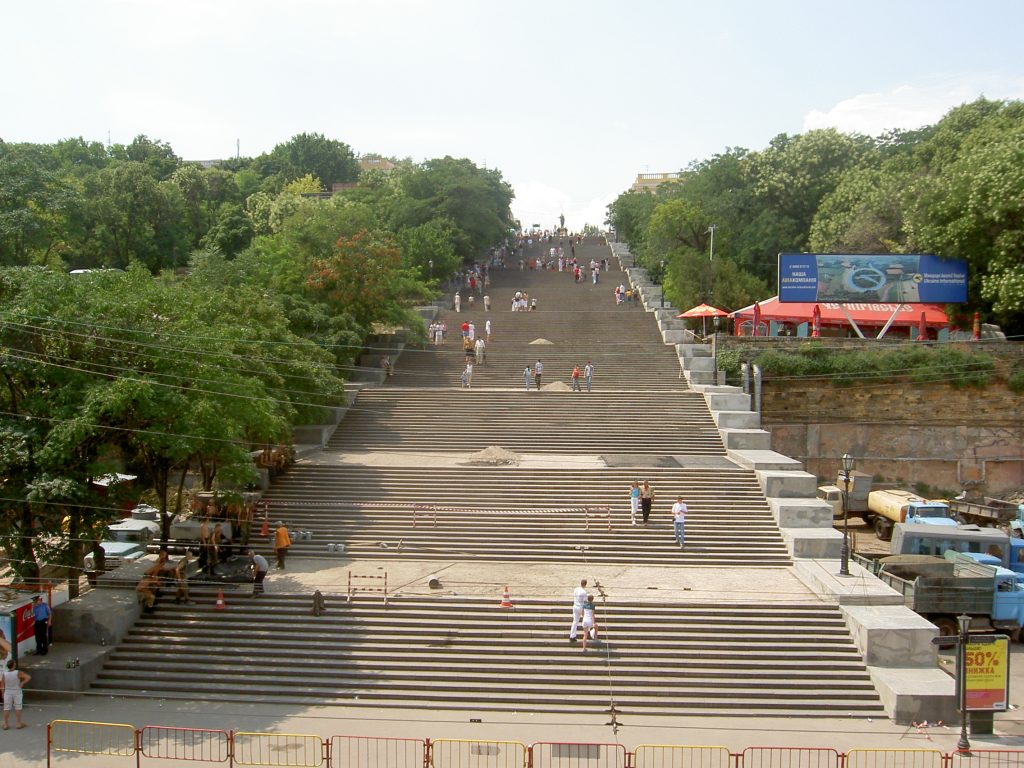
A small Italy helped to animate the heart of Odessa, a crossroads between East and West. And it was this city, or perhaps the sky of this city, that inspired one of the most famous Italian songs in the world, O sole mio. The famous Neapolitan song was in fact composed at the end of the nineteenth century by Edoardo di Capua and Giovanni Capurro just while they were in Odessa which at the time was still under the tsars.
Over time, the Italian presence in Odessa gradually decreased until it ceased, or almost ceased, with the revolution of 1917 and the advent of the Soviet Union.
(featured photo credits: Fb Visit Odessa)

